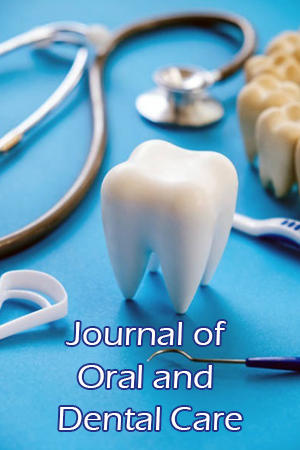Oral Health Status among Internally Displaced Persons in Maiduguri, Borno State, Nigeria
Abubakar Kaumi Mala, Abubakar Musa, Johnson Adetoye, Uchenna Kelvin, Usman Abba, Ibrahim Salim Abdullahi.
Introduction: Oral health is defined as a standard of health of the oral cavity and related tissues, which enable an individual to eat, speak and socialize without active disease, discomfort or embarrassment and which contributes to general well- being of the peoples.
The most prevalent oral health diseases is dental caries and periodontal disease which is also the most frequent and are considered a public health problem affecting both children and adults worldwide and often lead to a significant reduction in the quality of life of individuals and communities. The study aims to assess oral health status among internally displaced persons in Maiduguri, Borno State Nigeria.
Methodology: A descriptive cross-sectional study was employed using a semi- structured questionnaire to 399 participants among Internally Displaced Persons (IDPs) in Maiduguri, Borno State. A multi-stage sampling technique was adopted and data analysis was done using SPSS version 20.0 and test of significance was set at 0.05.
Results: out of 399 participants, majority, 115(28.8%), are within the age range of 18-27years, while least age group of the participant representing 7(1.8%) were 68-77 years. From the data, there were more males participants over the females representing 232(58.1%) and 167(41.9%) respectively. Majority of the participants, 353(88.5%) were unmarried, while 46(11.5%) made up the married group. Majority of the respondents were observed to be unemployed 350(87.7%). Also, 291(72.9%) participants had formal education while 108(27.1%) had informal education.
Majority 327(82.0%) of the participants were observed to have poor oral hygiene using Green and Vermillion oral hygiene index, while 72(18.0%) had fair oral hygiene and none of the participants was noticed to have good oral hygiene. The Mean DMFT among the participants was (3.29 ± 3.46) and its components were; decayed teeth, DT (2.17±2.76), missing teeth, MT (1.09±2.03) and filled teeth, FT (0.03±0.26).
The was no significant relationship between level of oral hygiene practices with factors such as age group, gender, marital status, educational and occupational statuses. A significant relationship between oral health status (using oral hygiene index and DMFT), with age group and gender.
Conclusion: Majority of the participants in this study were found to have poor oral health status. There was a positive association between gender and age with oral hygiene among the participants.

